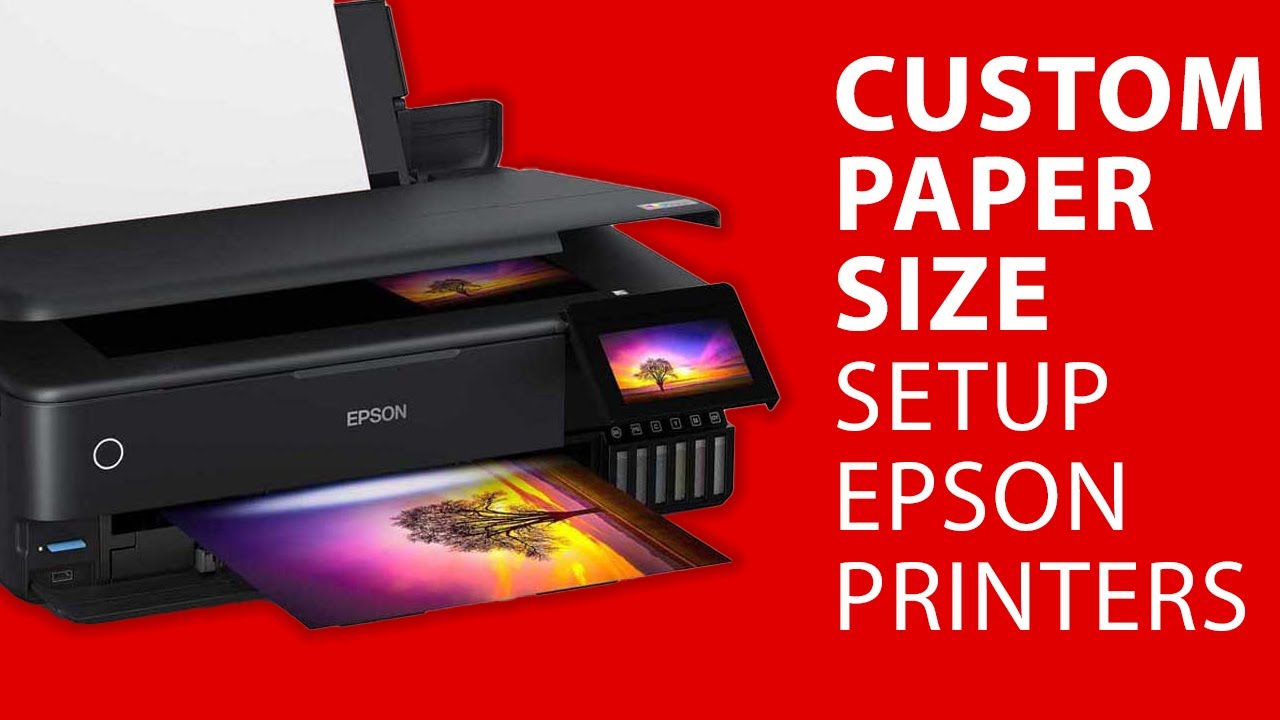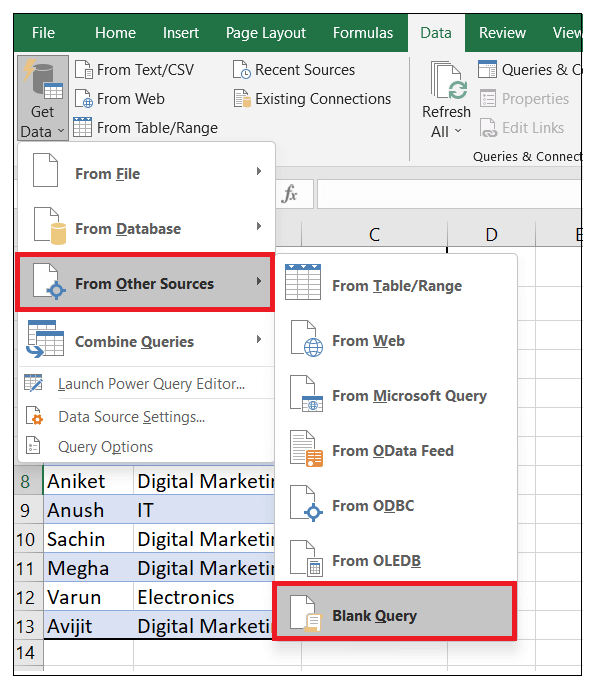How Many Excel Sheets Fit on a 1GB Flash Drive?

Understanding how many Excel sheets can fit onto a 1GB flash drive involves examining the size of the Excel files and the storage capacity of the drive. Excel sheets, while primarily containing data and formulas, can vary significantly in size due to factors such as the number of rows and columns used, the type of data, and the presence of macros, charts, or images. Here’s a detailed exploration of this topic:
Determining the Size of Excel Sheets

Before we delve into how many sheets can fit, it's crucial to understand what affects an Excel file's size:
- Number of Rows and Columns: The more data you have, the larger the file. An empty Excel file starts small but grows significantly with data input.
- Data Types: Textual data is compact, while numbers, dates, and especially images, can greatly increase the file size.
- Formatting: Extensive use of conditional formatting, cell styles, and themes can add to the file size.
- Formulas and Functions: While they don't occupy much space directly, complex formulas can lead to larger file sizes if they reference numerous cells or involve external data sources.
- Images, Charts, and Objects: These significantly increase file size. A single large image or chart can add several megabytes to your workbook.
- Macros: VBA code used in macros can also take up a fair amount of space, especially if the code is extensive.
Calculating Storage on a 1GB Flash Drive

Now, let's break down what 1GB means in terms of Excel files:
- 1GB = 1,073,741,824 bytes or 1,024 MB
- However, some space is taken by the file system (FAT, NTFS, exFAT, etc.), which typically reserves space for metadata and directory entries, reducing the usable space.
The average size of an Excel file with moderate content might be around 50KB to 1MB:
| Excel File Size | Number of Sheets Fitting into 1GB |
|---|---|
| 50KB | 20,480 sheets |
| 500KB | 2,048 sheets |
| 1MB | 1,024 sheets |

💡 Note: These calculations are approximations. Actual file sizes will vary based on content complexity.
Real-World Examples

To give a clearer picture:
- Minimal Use: An Excel file with basic text data, simple formulas, and minimal formatting might stay under 50KB, allowing for up to 20,480 such sheets.
- Moderate Use: Files with more data, some charts, or images might range from 500KB to 1MB. Here, you could fit 2,048 to 1,024 sheets respectively.
- Heavy Use: Files with extensive charts, images, VBA macros, or pivot tables can easily go over 5MB, fitting just 204 sheets on a 1GB drive.
File Compression and Optimization

Excel files can be compressed or optimized:
- Zip Compression: Compressing Excel files before storing can significantly reduce the size, allowing for more sheets to fit onto the drive.
- Cleaning Up:** Removing unnecessary data, styles, or formats can shrink file sizes. Tools like Excel's in-built optimizer can help in this process.
📦 Note: Remember, while compressing files reduces size, accessing and decompressing them can take longer.
FAQ Section

Can I store other file types along with Excel sheets?

+
Yes, you can store various types of files on a 1GB flash drive, but remember that different file types will occupy different amounts of space. Ensure your flash drive has enough capacity for all your files.
What happens if I exceed the storage capacity of my flash drive?

+
If you try to save more data than your drive can hold, the operation will fail, or the file might be incomplete. You'll need to either remove some files or use a larger storage device.
Are there tools to automatically reduce Excel file size?

+
Excel has features like 'Optimize Workbook' and third-party tools that can help reduce file size by compressing images, removing unnecessary formatting, and cleaning up unused data.
In summary, the number of Excel sheets that can fit on a 1GB flash drive can range from a few hundred to tens of thousands, depending on the complexity and content of each file. By optimizing Excel files and using compression techniques, you can maximize the storage capacity of your flash drive. Keep in mind that while you can store numerous files, managing them efficiently and keeping track of their total size is essential for practical use.



